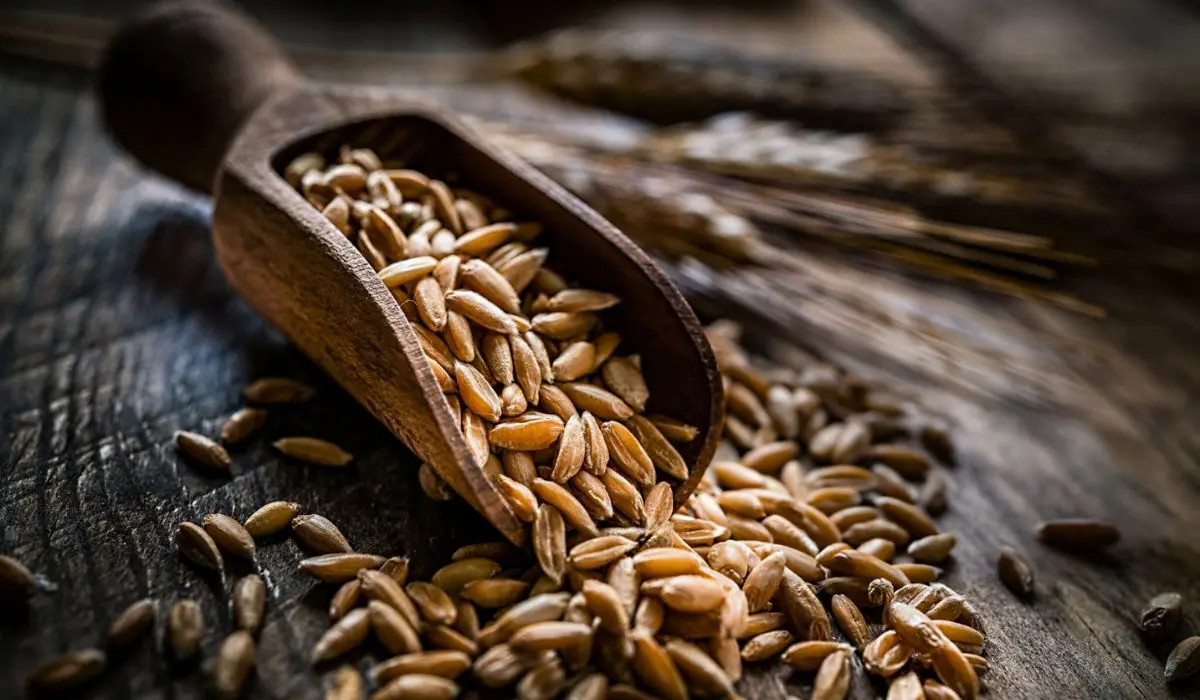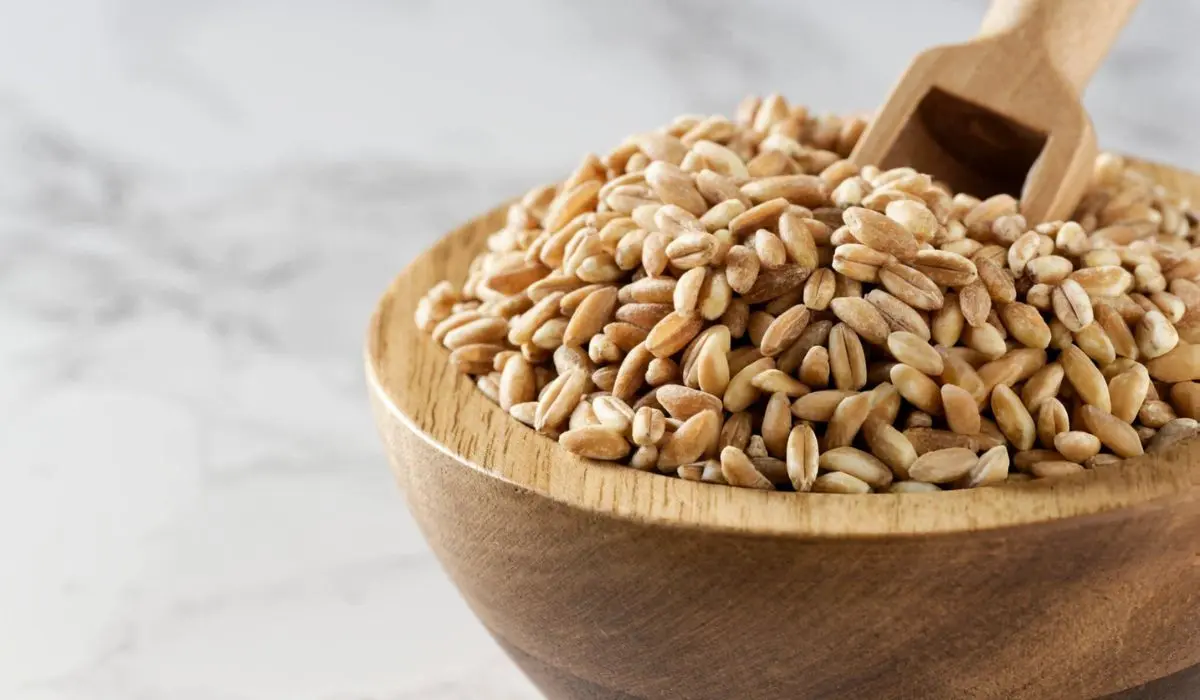No, farro is not gluten-free. It is a grain with a nutty flavor and chewy texture that has been gaining popularity for its nutritional value and health benefits. It is often called an ‘ancient grain’.
According to the existing data, farro is the oldest cultivated grain. The archeological evidence suggests that the proof of domesticated farro has been around since 10,000 years ago. Since it has the roots in wheat family, farro is not gluten-free. Let’s find out more about it in the coming sections.
Gluten Content Of Farro
Gluten is a protein found in wheat, barley, rye, and other plants. The digestive enzymes in our stomach will help to break down food. However, the enzyme protease fails to completely break down gluten.
A fair majority of people will be able to deal with this undigested gluten without any issues. although a small percentage of individuals develop an autoimmune response or other reactions to gluten. Individuals with celiac disease – a chronic digestive immune disorder that damages the small intestine will find it hard to cope with gluten content in the food.
As a result, people with celiac disease will develop digestive issues, nutrient deficiencies, and other health complications. Some individuals may have non-celiac gluten intolerance, they may experience adverse reactions to gluten.

Farro contains gluten, it is a type of wheat grain that was first cultivated in the Fertile Crescent (Middle East) thousands of years ago. It comes from a different variety of wheat known as triticum dicoccum. Farro is available in three different varieties: whole, semi-pearled, and pearled. The whole or unpearled variety retains the bran outer layer while semi-pearled or pearled varieties have fully removed or half-removed bran layers.
The gluten content of farro will differ based on factors including, the processing method, the method of cultivation, and the variety of farro. People often consume farro in combination with other gluten-free grains. But if you are gluten intolerant or have celiac disease you should refrain from consuming farro. Farro also has the risk of cross-contamination.
At any stage of processing, storing, or cooking, farro can come in contact with gluten-containing grains or food items. It will lead to increased levels of gluten in farro. This can also lead to potential gluten exposure. A person who has extreme gluten intolerance should avoid unintentional intake of gluten and cross-contamination to avoid extreme complications at any cost.
Alternative Grains To Try If You Are Gluten Intolerant
Obviously, not all grains contain gluten, there are a few alternative grains you can try instead of farro. If you are following a gluten-free diet for various reasons, there are plenty of grains to replace gluten-containing grains. The following are some of the top gluten-free grains.
🔹 Oats
Oat is a gluten-free grain that is rich in fiber and additional nutrients. Oat can make you feel fuller for a longer period of time. The fiber content can improve the symptoms of constipation. Oats have a rich and great texture when it is cooked. The health benefits of oats include improved heart health, healthy weight management, and reduced cholesterol.
🔹 Quinoa
Quinoa is a type of seed grain that comes in various colors. Quinoa is available in white, red, black, and yellow. It is rich in essential nutrients and can support overall wellness. It contains vitamin E, calcium, potassium, magnesium, fiber, and iron. Quinoa will be a great replacement for gluten-containing grains even though it is typically a seed.
🔹 Brown Rice
Brown rice is a staple food around the world. There are a myriad of rice varieties found all over the world. But brown rice is considered more nutritious than other rice varieties. It contains various nutrients and minerals that will help to boost overall health.
🔹 Millet
Millets are another kind of whole grain jampacked with nutritional benefits. Millets can help to lower blood sugar and cholesterol levels. The antioxidants found in millet will reduce oxidative stress and protect heart health. Since it fits the gluten-free profile, millet is a safe choice for people with celiac disease and gluten intolerance.
🔹 Corn
Corn is another low-fat low-calorie grain that is free of gluten. Corn is a rich source of both soluble and insoluble fiber. They can stabilize cholesterol levels and improve bowel movements. Corn also has a rich nutritional profile that includes high levels of vitamin C, vitamin A, antioxidants, protein, and minerals.
Conclusion
Farro is an ancient grain that contains gluten. People with celiac disease and gluten intolerance must avoid the consumption of farro. The gluten content found in the grain may vary depending on various factors including the production process, variety, and processing. There are plenty of gluten-free grain alternatives you can use instead of farro. The substitutes are equally healthy and nutritious like farro.
References
- WebMD (2005-2024) Health Benefits of Farro Available Online at: https://www.webmd.com/diet/health-benefits-farro
- Johns Hopkins (2024) Barley, Farro, Sorghum and More: 9 Whole Grains to Try Available Online at: https://www.hopkinsmedicine.org/health/wellness-and-prevention/barley-farro-sorghum-and-more-9-whole-grains-to-try







